My family loves vacations. Maybe it’s because I grew up with my dad flying back and forth between Taiwan and California and especially now that we are all grown up, but family vacations still have a special place in my heart. It’s the one time in the year that my family spends a week together. Even if we are doing totally normal things like getting dinner together or walking around a city, it is still great since we don’t get to do that on a daily basis anymore.
After Christmas last year we headed out to New Orleans for a Mississippi River Cruise on the American Queen. We arrived in New Orleans in the late afternoon, and our first stop was Cochon for dinner. It was a restaurant that Kelvin’s, Marisa’s, and Mitchell’s friends all recommended. We got lucky and got seated pretty quickly since we were there early. Afterwards, we walked to Cafe Du Monde for some cafe au lait and beignets. Cafe Du Monde is always bustling with business. There’s also no neat way to eat a beignet. The powdered sugar gets everywhere.
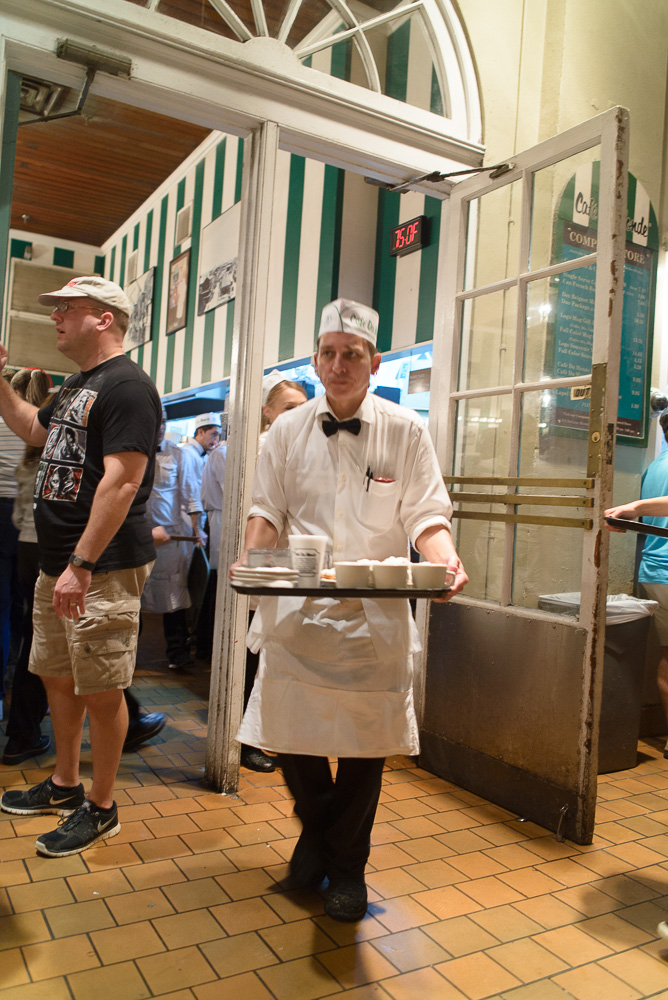

After coffee and beignets, we rode a mule carriage around the beautiful French Quarter. The architecture of all the buildings in the French Quarter is so unique. All the buildings have beautiful iron balconies. We did a quick walk down Bourbon street which had its usual loud crowds and drunk people. Marisa, Kelvin, Mitchell and I then ubered over to Frenchmen street, where the locals hang out for jazz music.
Being in New Orleans reminded me of my volunteer trip my sophomore year at USC. I came to New Orleans with an alternative spring break USC group to help build homes with Habitat for Humanity in a neighborhood called Musicians’ Village.
We spent the next morning doing touristy stuff like visiting the French Market and the flea market. Then, we walked around the French Quarter a bit more.
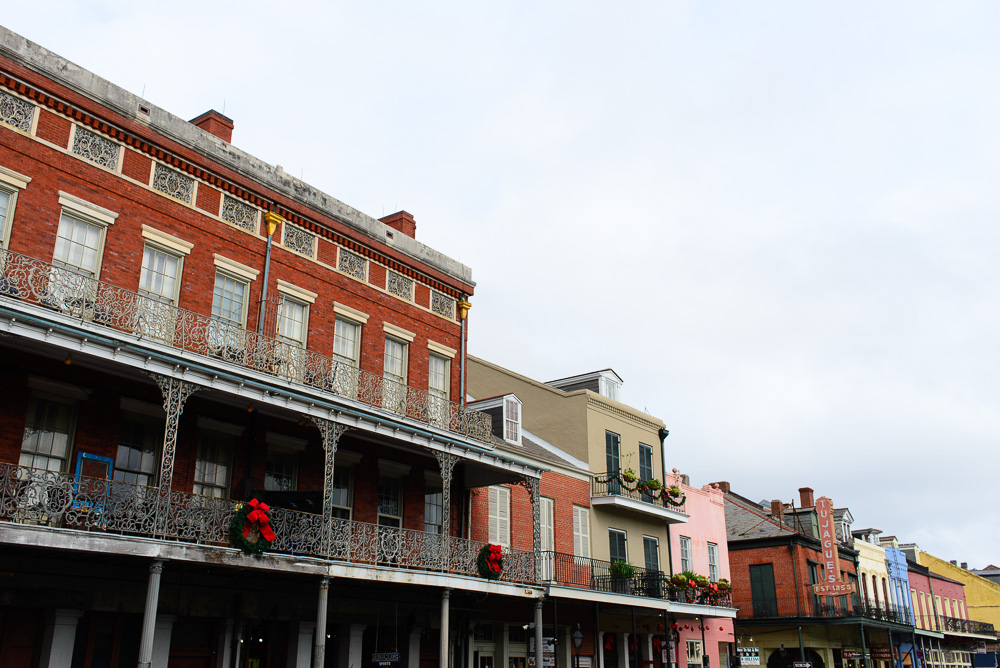
We checked into the American Queen, our home for the next week. I can’t remember if I’ve ever been on a steamboat before, but this is definitely the largest one I’ve ever been on. Our room was really comfortable and opened out onto the balcony. It was fun to watch the wheel spin. There’s actually a bar in the back called the Engine Room Bar. You can actually go down to the actual Engine Room from the bar and see how the wheel operates.
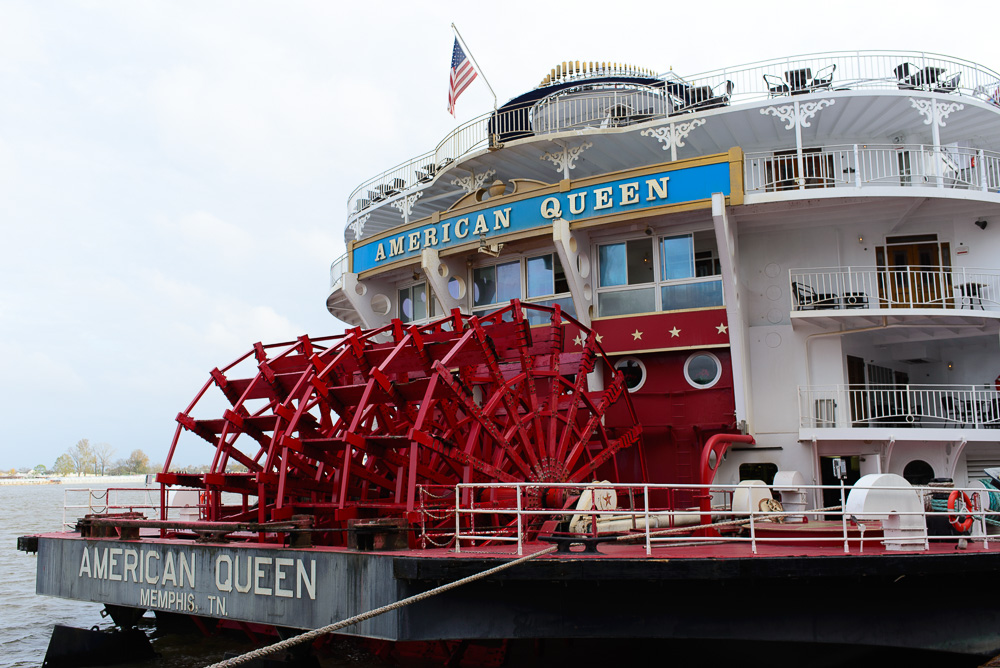
Our first stop on the cruise was Oak Alley, LA. Oak Alley was a sugar cane plantation before the Civil War. The most notable part of the plantation were the giant oak trees that line the entryway from the river. The oak trees are over 300 years old and covered with Resurrection Moss that comes to life after each rain. They offered mint juleps at the end of the house tour, which were so sweet and so strong. There was a large exhibit on slavery showing the slavery quarters and describing their lives on the plantation.
Afterwards, we rented bikes from the boat and rode them along the river.

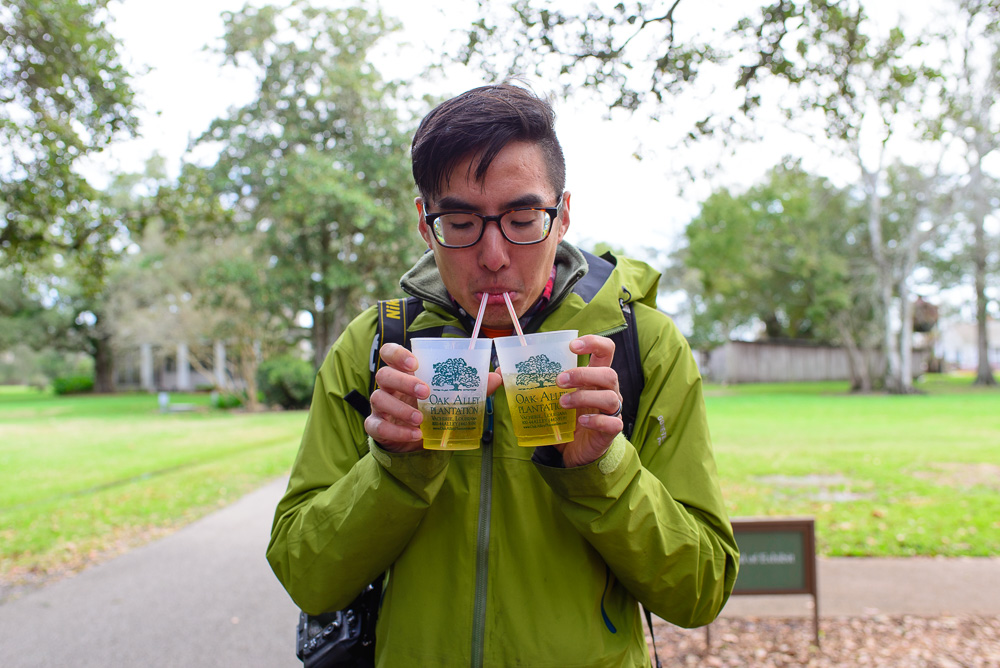
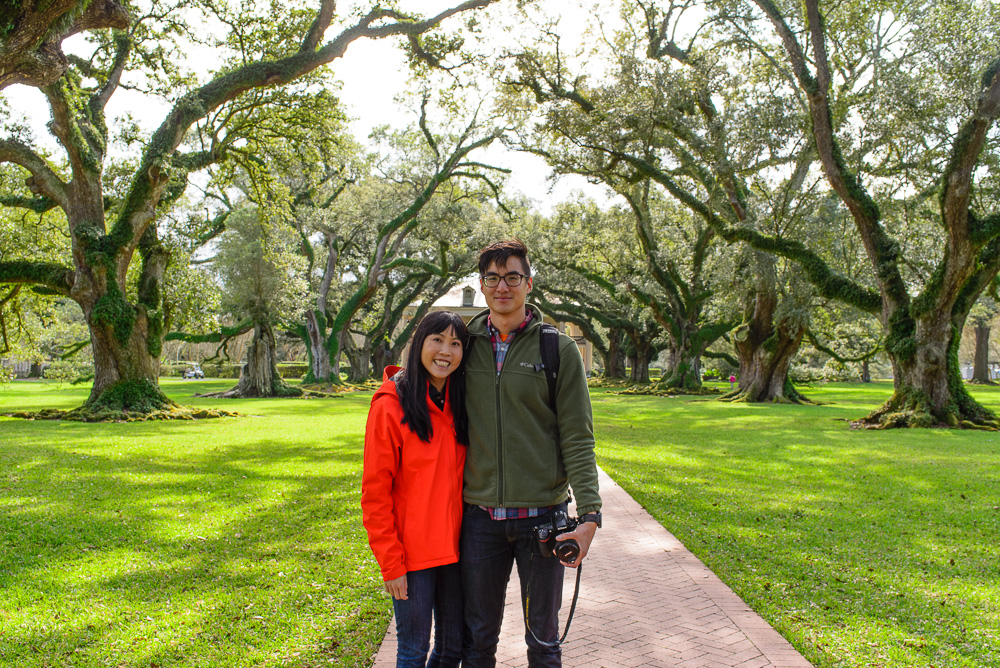
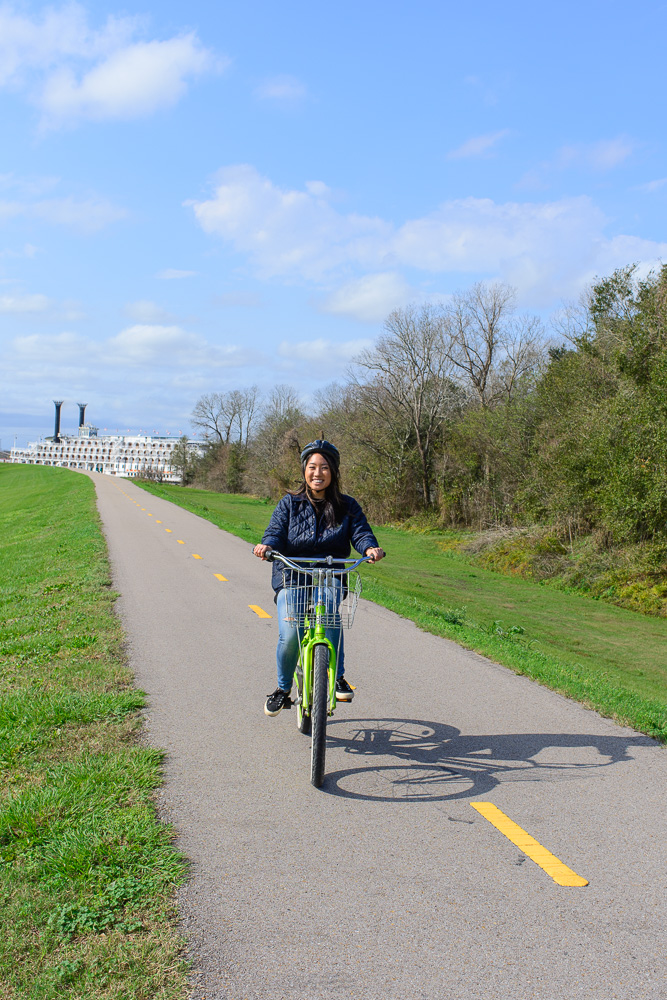
Our second stop was Saint Francisville, LA. It’s a small town which is really well preserved with many beautiful Victorian style homes. My favorite site was the Grace Episcopal Church which had a lot of old tombstones under large oak trees covered in wispy Spanish Moss.
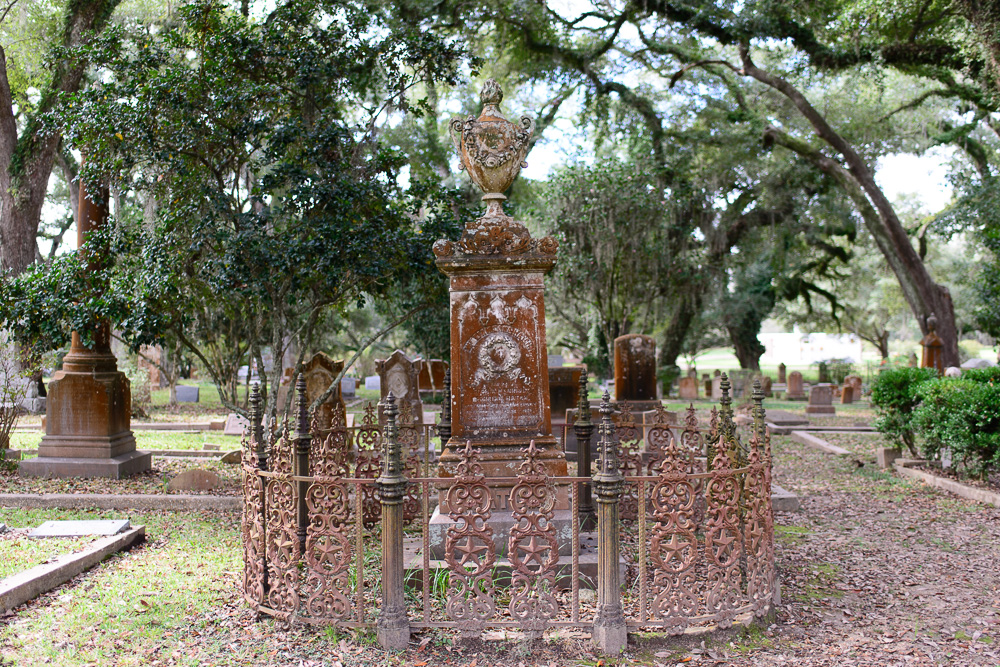
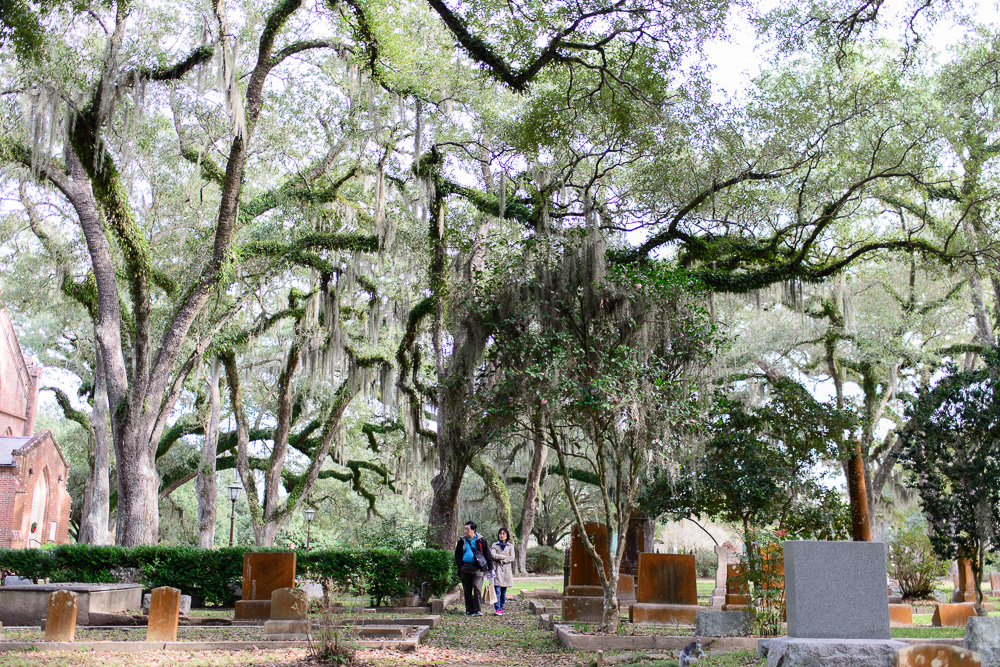
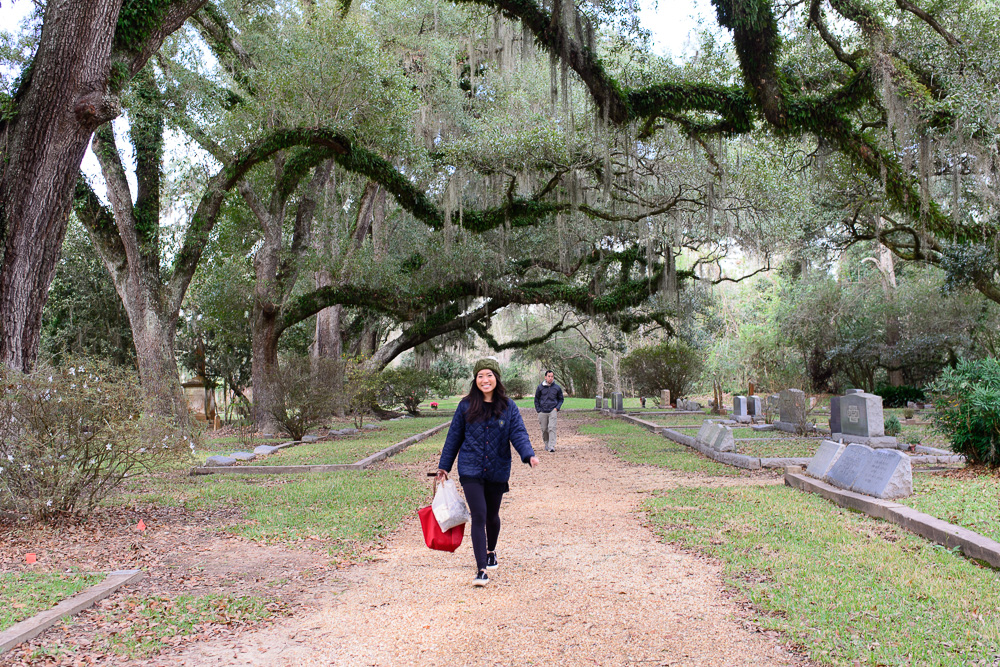
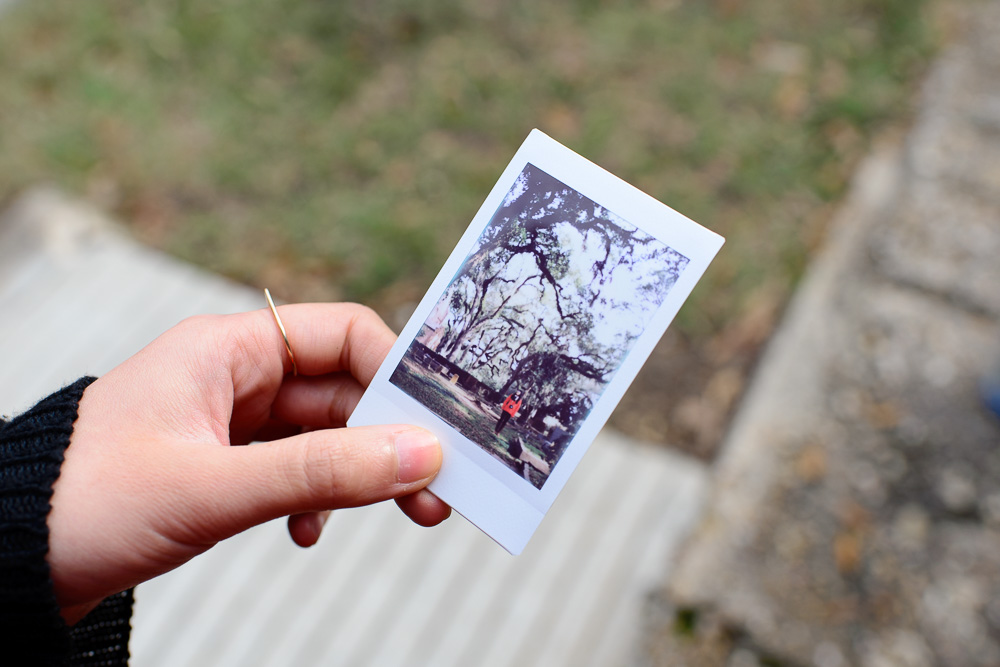
Our third stop was Natchez, MS. It was our first “big” town on the river cruise. We visited Charboneau Distillery, a father-son run rum distillery. The contraption below is a copper distiller.
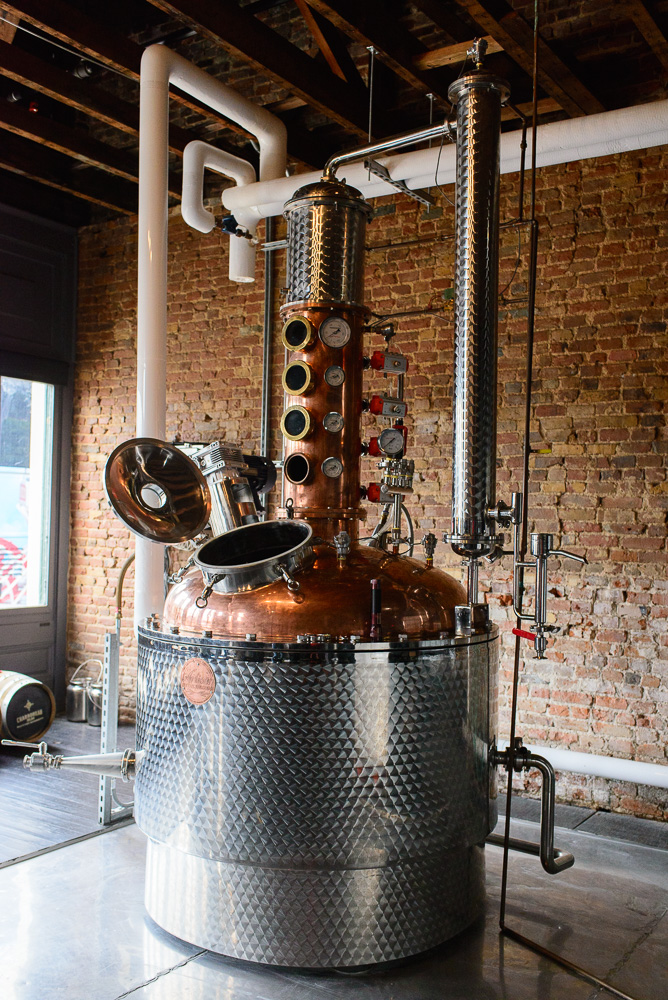
The cruise boat has two buses which meet the boat at every town, and patrons can hop on and off at various stops around the town. It makes traveling around town easy and helps to direct people to points of interest.
We rented bikes in the afternoon and visited a few places we saw along the bus tour. Our first stop was this beautiful Greek mansion called the Duley House. It is now a bed and breakfast and has an adorable greenhouse in the back that looks like a mini castle.
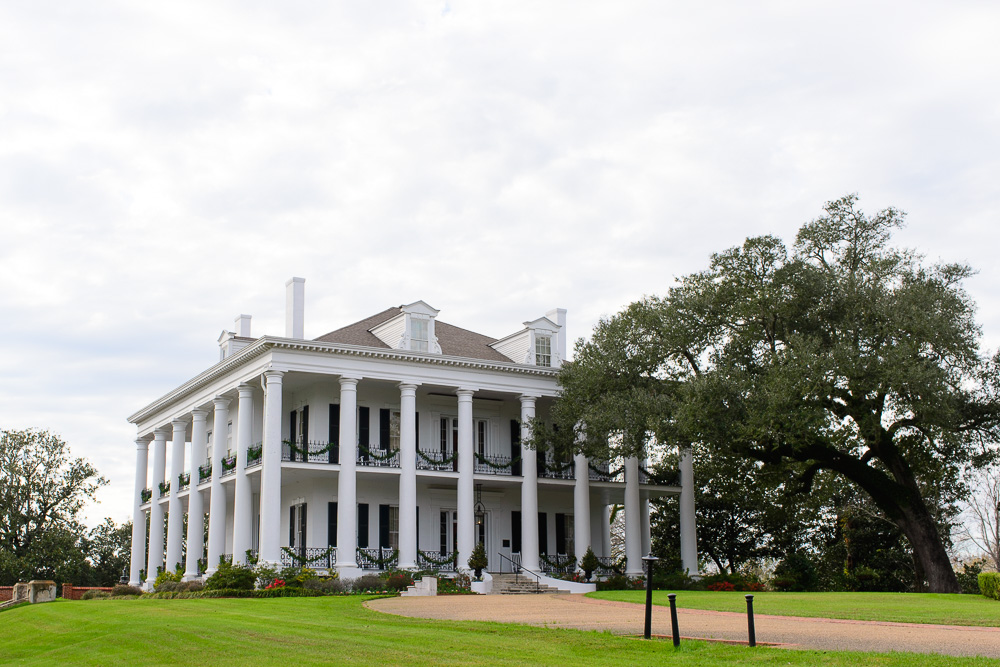
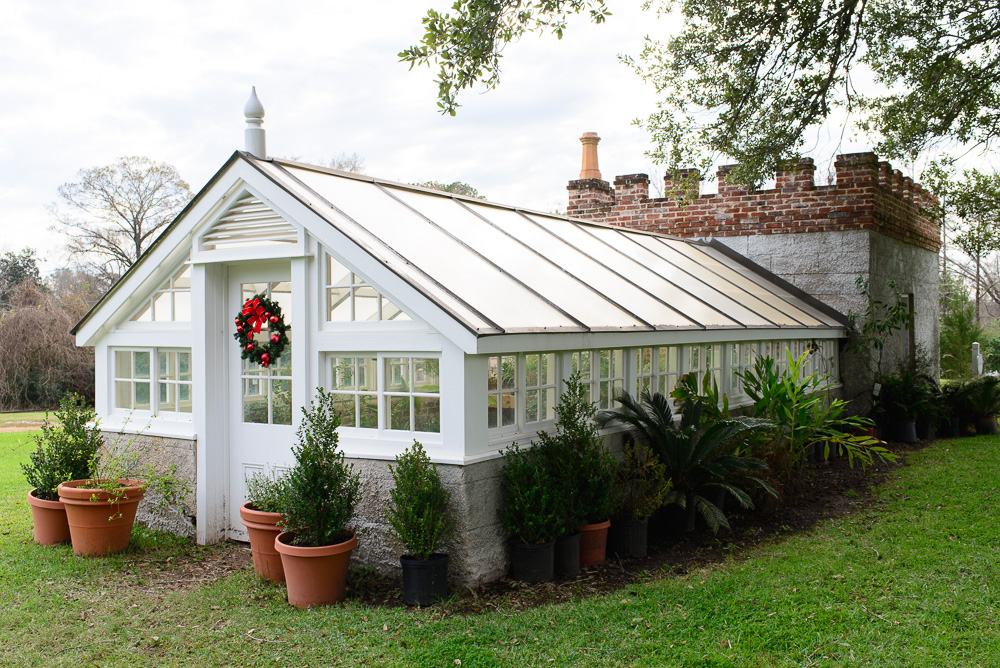
We also stopped at the keyhole house. This house has such unique architecture. It was for sale when we visited!
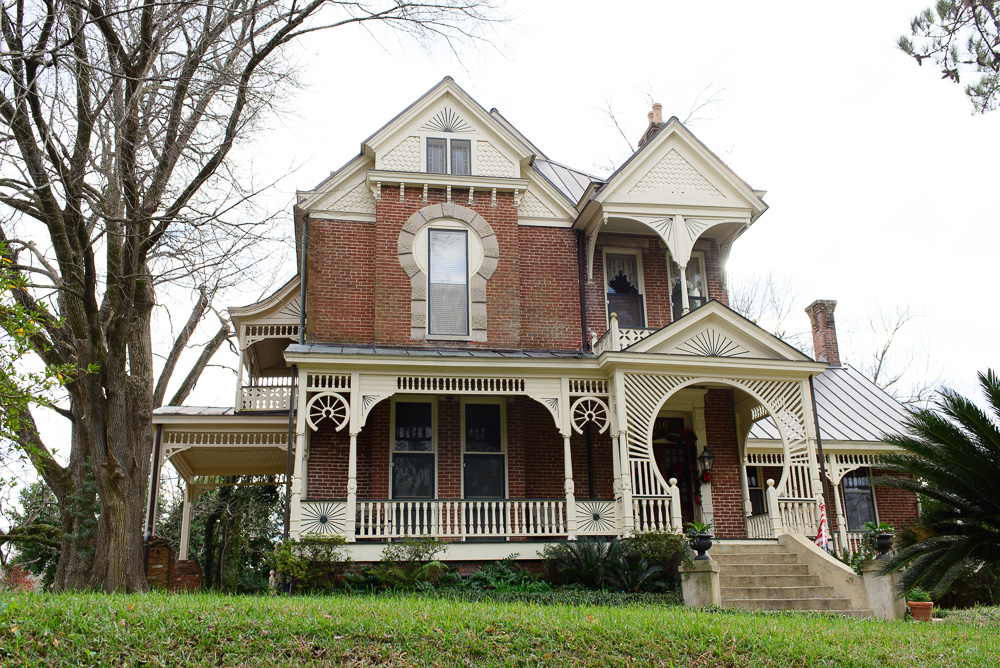
Our last stop was the Mark Twain Guesthouse Saloon. Supposedly Mark Twain frequented the actual saloon. It was definitely worth a visit.
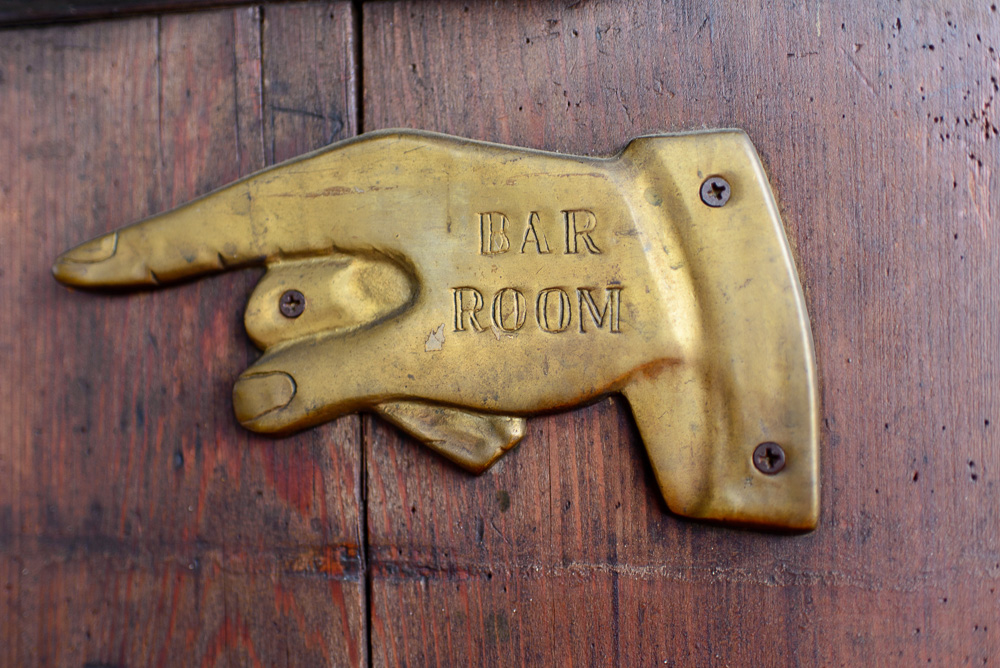
Our next stop was Vicksburg, MS. Vicksburg played a decisive role during the Civil War. We visited the Vicksburg National Military Park and learned a lot about the Battle of Vicksburg.
The Old Courthouse Museum has some interesting artifacts including an original Teddy Roosevelt teddy bear.
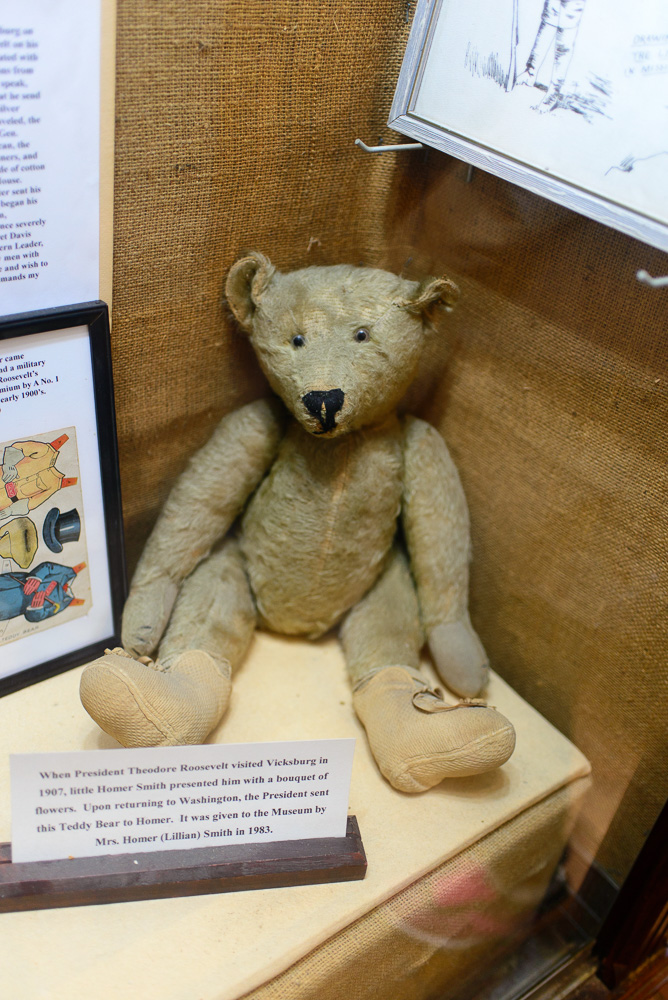
The Main Street had several smaller kitschy museums including a Coca-Cola Museum and the Yesterday’s Child Doll and Toy Museum. It was weird seeing Barbies and toys I grew up with in a museum.

The Mississippi River was swelling and flooding up river when we were on our cruise from weeks of rain up north. As we headed north, we heard news of the river flooding moving south. When we arrived at Vicksburg, they were about to close the flood gates but held it open for our boat. Since Vicksburg is built right along the river, flooding is not foreign to them, and the flood marks show how high previous floods reached.
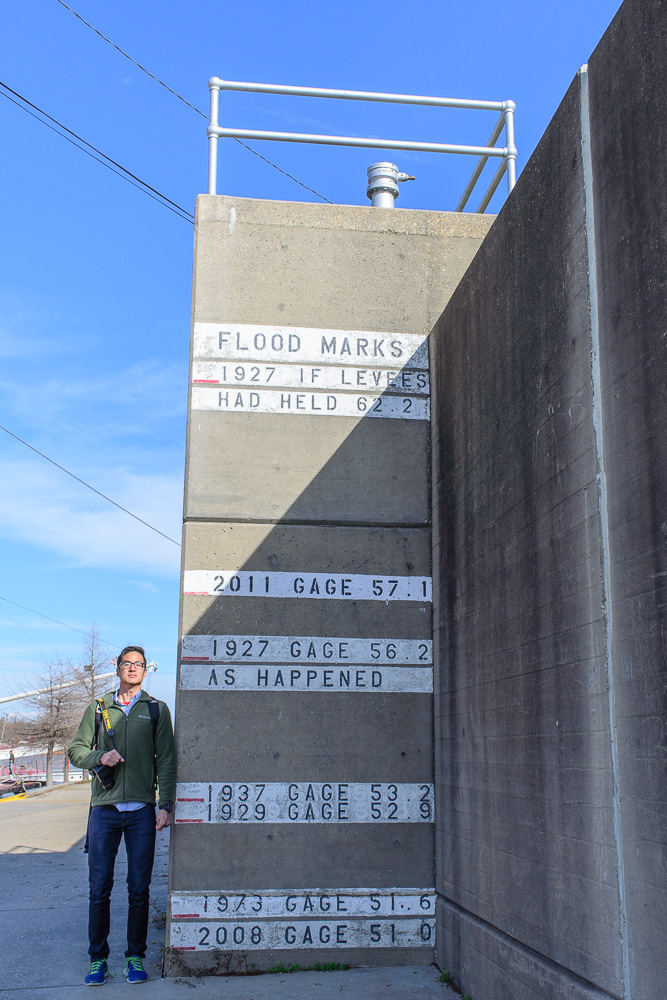
After Vicksburg, we headed back south on the Mississippi River. We had a Steamboating day. It was filled with lots of reading and coffee and was super relaxing.
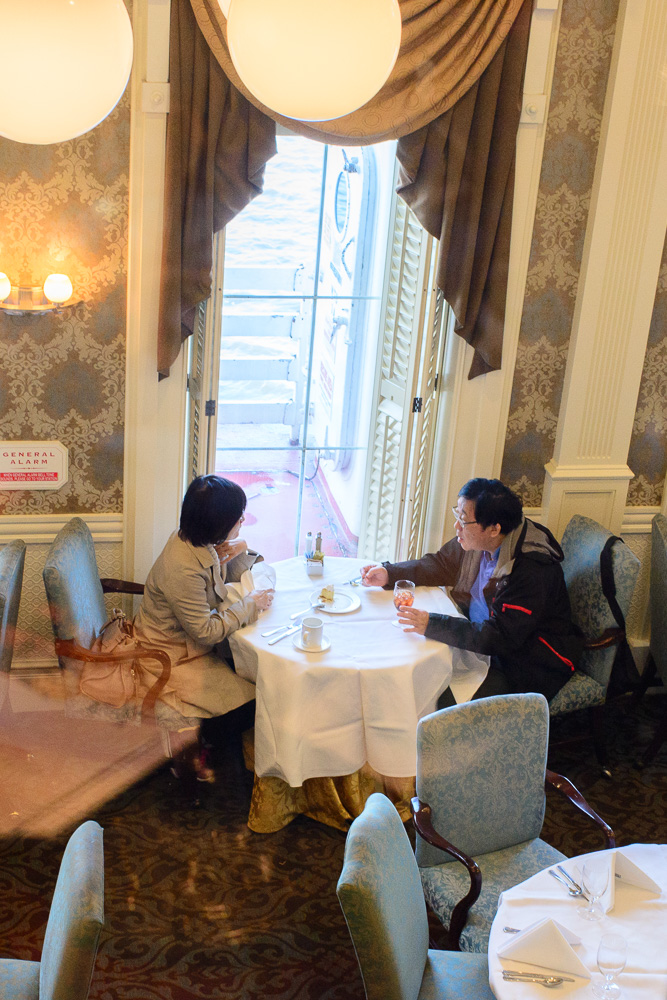
Our last stop on the cruise was the Nottoway Plantation in Louisiana. The waters were so high that day that where the boat usually docks was underwater. Instead, the boat had to dock a city over and bus everyone to the plantation. The river is so dynamic.
The Nottoway Plantation tour was sort of like a historical celebrity house tour of the 1800s. The family had 11 kids! We learned that in the 1800s, ankles were considered private. If a man saw a lady’s ankle, then he would have to court her. We also learned that when a couple was dating, the father of the house could determine how long the man stayed by putting in a longer or shorter candle out since once the candle was burned out, the man had to return home.
My favorite room of the house was the white and gold ballroom.

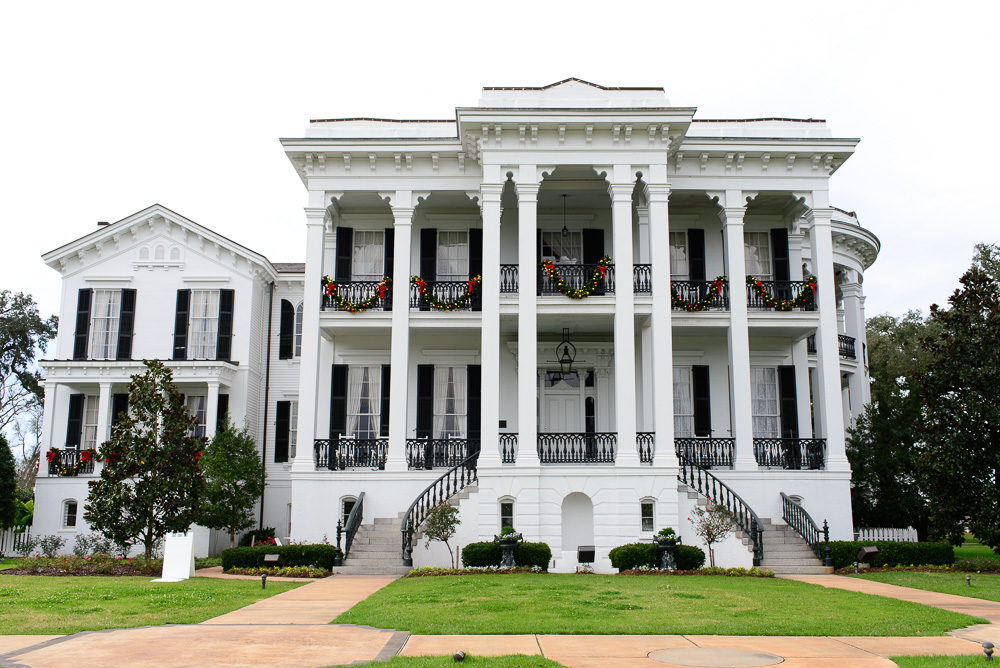
I had a great time with my family on our Southern Mississippi River Cruise. The clientele on the ship was definitely on the older side, but it was still a unique and educational experience to spend a week floating down the Mississippi River, an important and still active transportation route from American history.

